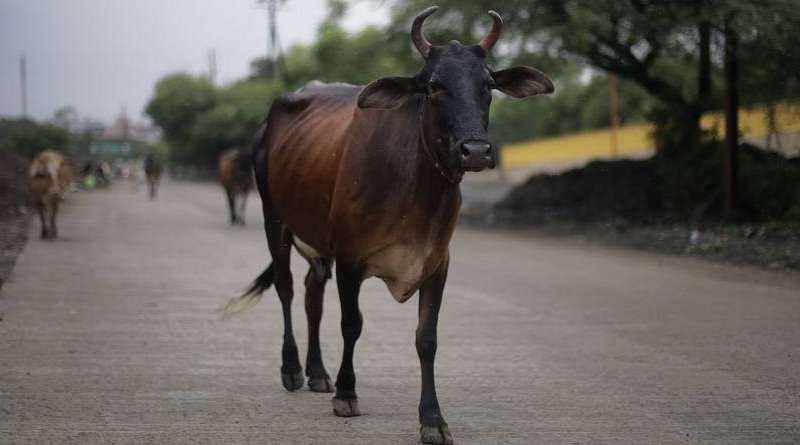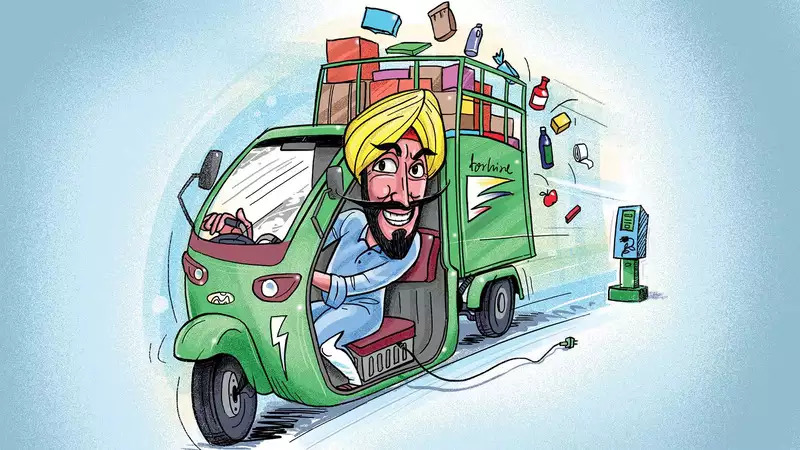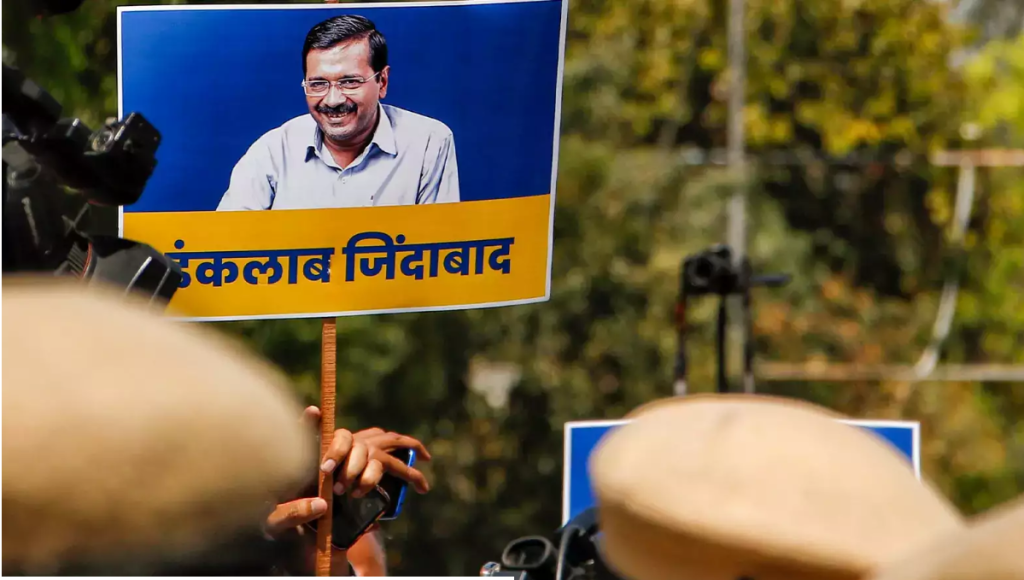The government has finalised a policy to double agricultural exports by 2022, supposedly in line with its broader policy of doubling farm incomes. However, doubling farm exports cannot be a policy. It can only be an outcome of good policies.
That is difficult, given lags in outcomes and volatile global conditions. To double farm exports, the government must give them top priority. In practice, all other aims get higher priority, so exports are merely a residual. No wonder they have stagnated since 2014, and agricultural exports have lost their sheen.
Many farm exports are banned the moment local prices rise. They suffer from a lack of cold chains, grading, quality control and infrastructure. These old ills need rectification. So do some new ills.
A serious export thrust must focus relentlessly on cutting costs and prices to beat others in international markets. However, the aim right now is the very opposite, to raise crop prices as high as possible for political ends, with no focus on cost control. Farmers are being treated not as world-class producers capable of conquering global markets, but as beggars requiring charitable handouts.
Modi’s new formula for Minimum Support Prices (MSPs) aims to ensure farmers a return of 50% for a wide range of crops on all purchased inputs plus the imputed value of family labour. Implementation has proved impossible for several crops this season.
The greater problem is that this policy pays no regard to India’s comparative advantage or international prices. It encourages uncompetitive crops that are too costly to export. India is imitating the stupidities of the EEC, whose high farm support prices in the 1980s created surplus mountains of butter and meat and lakes of wine. Ultimately, these were dumped at a huge loss on the Soviet Union.
Farm distress is in the past was caused by drought and poor harvests, But today’s problem is one of surpluses, causing prices to crash below MSP. Even so many crops are too high-priced to export. The answer cannot be to raise prices even higher, inducing even greater unexportable surpluses.
The US and Europe, that once subsidised crops, have shifted to cash transfers to farmers. This protects farm incomes without encouraging surplus production. Telengana is doing this, providing farmers a flat Rs 4,000 per acre per cropping season. Switching from high MSPs to cash transfers can mitigate farm distress while keeping prices competitive. That will help agricultural exports far better than high MSPs followed by subsidies (which may fall foul of WTO rules).
World agricultural prices shot up in 2008 and stayed high for several years. So farm production and exports boomed globally, and India too benefited. That global cycle is now reversing, and global surpluses are piling up. In this milieu, India must focus on efficiency, and on items in which it has the greatest comparative advantage.
Animal husbandry has been booming. India has a major comparative advantage here. It is one of the biggest exporters of buffalo meat, and a significant exporter of sheep and goats. But export economics have been being disrupted by Hindutva.
For decades, surplus bulls and oxen were sold for slaughter, along with aged cows that no longer gave milk. This ensured the farmers some thousands of rupees per surplus animal. The Hindutva drive against cow slaughter, including mob lynchings, has eroded or ended sales, impoverishing farmers. Farmers often turn such animals loose, leaving them to eat the crops of neighbours, or crowd out productive goats and sheep from shrinking pastures.
Worse, the distinction between bulls and buffaloes is getting erased. The cow may be sacred but the buffalo is not. Yet in BJP-ruled states, thugs now extort, on threat of lynching, money from buffalo transporters, shrinking supplies to slaughterhouses. Many states have closed down dozens of slaughterhouses saying these are illegal. But the deeper problem is that municipalities are not implementing their legal obligation to licence enough slaughterhouses, and the resulting scarcity induces illegal slaughter.
Exporters have slaughterhouses of proven top quality to cater to global markets. So exporters should be harnessed in a crash programme to build slaughterhouses in every municipality. This will also increase the supply of hides to leather exporters. Alas, this does not figure in the new export policy.
Foot-and-mouth disease affects India’s cattle, shutting it out of many markets. An aggressive health policy could eradicate this disease in five years. That will spur exports more than endless subsidies.
Animal activists have managed to impose a ban on the export of sheep and goats to Gulf countries, citing cruel transport conditions. The ban should be replaced by regulated hygienic transport. By encouraging stall feeding, India can become a major exporter.





